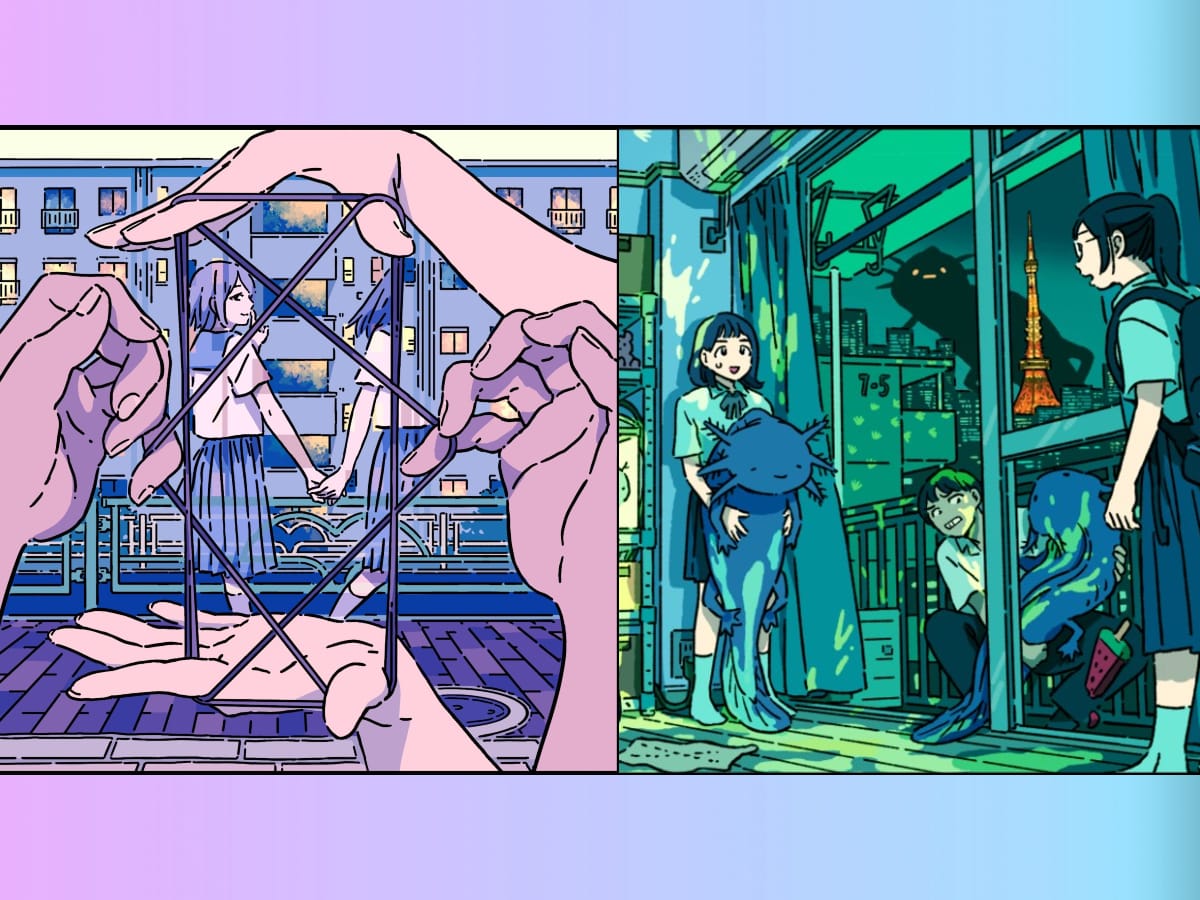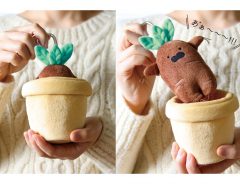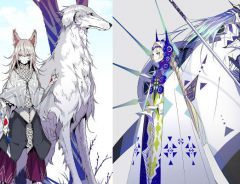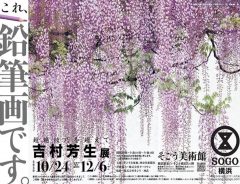
Source: © Akane Malbeni - image reproduced with permission
Japanese artist’s illustrations dare you to find fantasy in ordinary Tokyo apartments
- Tags:
- Akabe Malbeni / danchi / everyday life / Fantasy / Japanese Artist / japanese illustrator
Related Article
-

The Beautiful Creepy-Crawly World of Watercolor Illustrator Nishizuka em
-

Japanese designer creates ingenious and adorable shrieking Mandrake personal security buzzer
-

The Incredible Sci-Fi and Fantasy Illustrations of Japanese Character Designer PALOW
-

Exhibition of drawings by masterly Yoshio Yoshimura opens at Sogo Museum of Art in Yokohama
-

Popular Japanese illustrator BerryVerrine’s second solo exhibition “U.V.W.” opens in Shibuya
-

In a fantasy world come to life, whales swim carefree in skies above Japan during kite display


Behind the flashing lights and its constant bustling rhythm, Tokyo has an undeniable, almost mystic charm that takes a special talent to appreciate. One person who’s gifted with the ability to appreciate the day-to-day charms of Tokyo on another level is Japanese illustrator Akane Malbeni.
Self-described as an artist who “finds stranger things in ordinary apartments”, her work dares you to look at everyday things with a sense of mystery. We got to talk to her about her work and how she creates art that tells the stories of fantasy-filled scenes happening right in the heart of Japan.
“I really love our radiant city of Tokyo,” Akane shares. Originally from Okinawa, she moved to Tokyo for university and has been using sceneries of the Japanese metropolis as her muse since then. “It masks a multitude of fantasies and myths under the facade of advancing technology.”
Contrary to what you might expect, Akane doesn’t look at the bright, shiny distractions in Tokyo when she picks up a pen to draw. Instead, she’s most inspired by the ordinary, and the “bland, old apartment buildings” scattered across the city.
“Tokyo has huge housing complexes called danchi (団地),” she explains. “I love drawing those places because they feel like ruins in the present era. They contain both the reality of everyday life and the mystery of time past.”
Danchis trace their history to 1950s Japan. This was a time of economic growth for Japan, and it saw workers flocking en masse to the more urban parts of the country. However, at the time, cities didn’t have enough structures in place to accommodate everybody.
This left the Japanese government with a housing problem, and building blocky apartment buildings that were several stories high was the solution they saw to address the issue. This gave way to a surge in construction of these apartment complexes starting in the 1960s.
However, about a decade later, the Japanese government declared the housing crisis over and residents of danchis gradually started moving out and moving on. Some of the complexes ended up being demolished over the years, but in crowded cities like Tokyo in particular, you can still spot them in certain areas where they’re being used for cheap housing to this day.
Akane’s work often features the straightforward characteristics of not just danchi, but other things that are very “ordinary Tokyo” as well. Some of the illustrations that best exemplify this include one with an apartment balcony at the background of a “post-apocalyptic sea bathing” scene, or one with a utility pole set as the stage for a girl and her crow friends.
In addition to uploading her work on Instagram, she’s also proven her artistry in the professional world as well. Akane has had her work featured on countless book covers in Japan, created character designs for the music video of a song by singer Daoko, and has also released her own artbook.
However, her art style -- which she describes as “bold lines and anime-like color” -- arguably feels most at home when she’s showing us her everyday magic on Instagram. Akane herself is quite happy with this. She often feels encouraged by the comments she receives, and admits that it feels like she gets to travel abroad just from communicating with her fans over the internet.
This same feeling of ‘virtual transportation’ is something that she hopes that her followers feel in return from seeing her art. She encourages the people who take a look at how she sees things from her eyes to “feel the fantasy and to try to imagine some stories.” And once you’re immersed in Akane’s whimsical world, it’s really not difficult to.
You can see more of Akane Malbeni’s work on her Instagram or her website. You can also find copies of her artbook on Amazon.